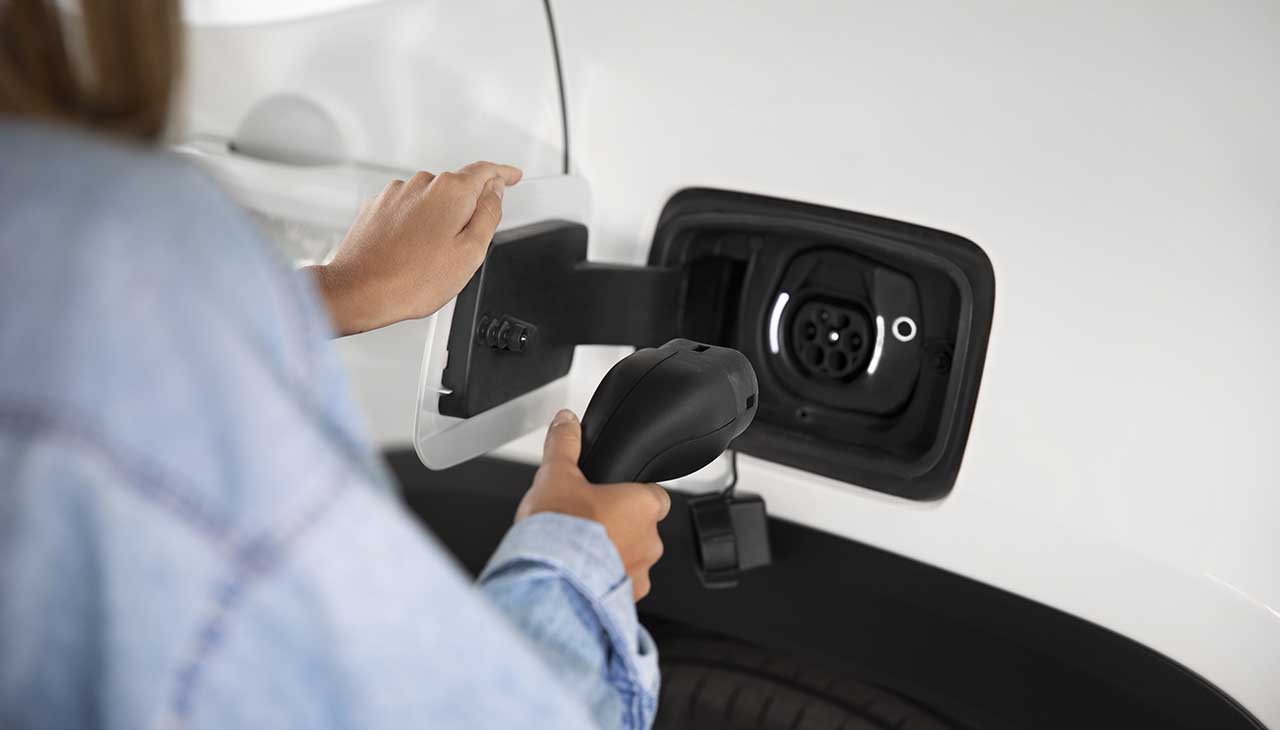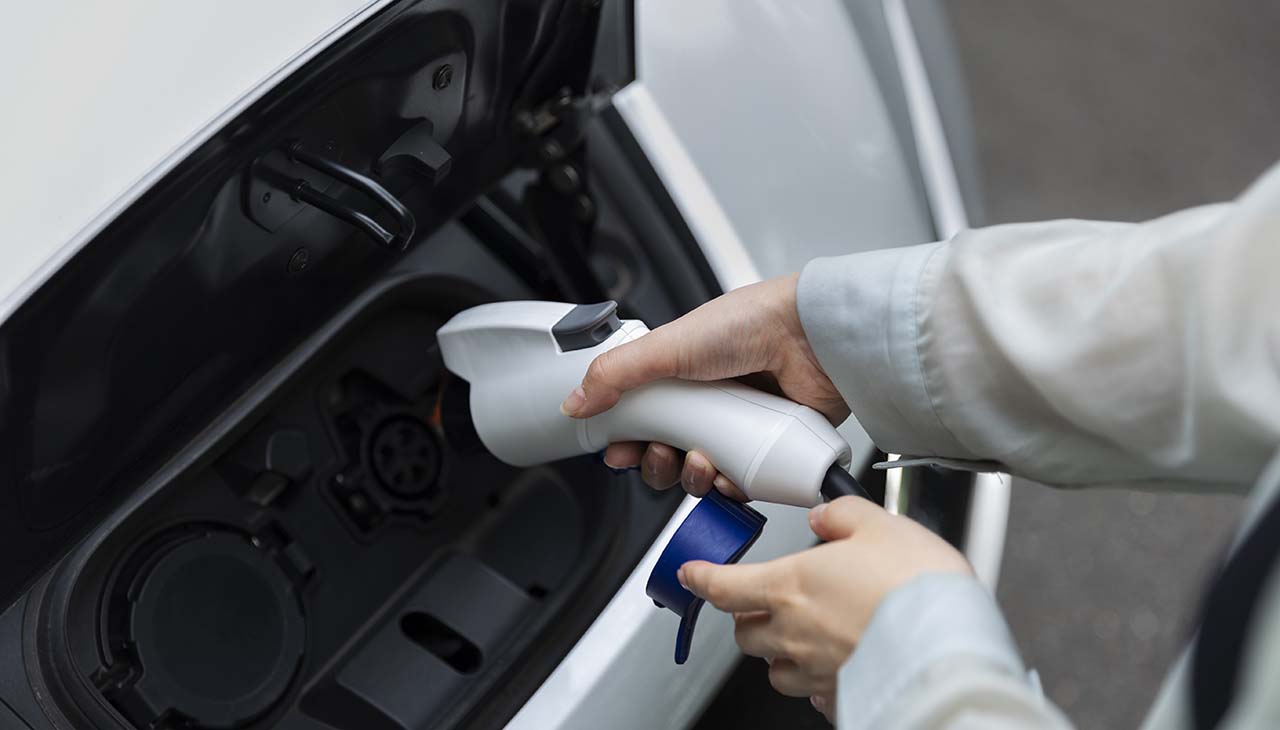Introduction to the Importance of Car Maintenance for New Drivers
Stepping into your first car as a new driver brings a sense of freedom and independence. But with this newfound mobility comes the responsibility of maintaining your vehicle to ensure it runs smoothly and safely. Regular car maintenance is not just about preserving your car’s value; it’s also about keeping you and others safe on the road. This guide aims to equip new drivers with essential car maintenance tips that will help you navigate the basics and keep your car in top condition.
Basic Car Maintenance Checklist for New Drivers
Oil Changes
Oil is the lifeblood of your car’s engine. Neglecting regular oil changes can lead to engine damage and costly repairs. As a rule of thumb, check your car’s owner manual for the recommended oil change interval, which is typically every 3,000 to 5,000 miles. Remember to also replace the oil filter to ensure the engine remains clean and efficient.
Tire Pressure
Maintaining proper tire pressure is crucial for safe driving and fuel efficiency. Under-inflated tires can lead to poor handling and increased tire wear, while over-inflated tires can cause a harsh ride and even blowouts. Use a tire pressure gauge to check your tires monthly and before long trips. Refer to your car’s manual or the sticker inside the driver’s door for the correct tire pressure.
Windshield Wipers
Clear visibility is essential for safe driving, especially during adverse weather conditions. Inspect your windshield wipers regularly and replace them if you notice streaking or squeaking. It’s generally a good idea to replace your wipers every six months to a year, depending on their condition and the climate you live in.
Understanding Your Car
How to Read the Dashboard
Your car’s dashboard is like a communication center, providing crucial information about your vehicle’s status. Familiarize yourself with common dashboard symbols, such as the check engine light, oil pressure warning, battery alert, and tire pressure monitoring system. Understanding these indicators can help you address issues promptly and avoid potential breakdowns.
Identifying Warning Signs
Be attentive to unusual sounds, smells, and performance issues that could indicate a problem. For example, squealing brakes might mean worn brake pads, and a burning smell could signify an oil leak. If you notice any warning signs, consult your owner’s manual and schedule an inspection with a trusted mechanic.
The Importance of Regular Inspections
Routine inspections are vital for catching problems early and maintaining your car’s health. Regularly check essential components like the brakes, lights, fluids, and belts. Most importantly, follow your car’s maintenance schedule for professional inspections and services.
Tips for Finding a Reliable Mechanic and the Benefits of Scheduled Maintenance
Finding a trustworthy mechanic can make all the difference in maintaining your car. Ask friends and family for recommendations, read online reviews, and verify certifications such as ASE (Automotive Service Excellence). Once you’ve found a reliable mechanic, adhere to your car’s scheduled maintenance plan to keep it running efficiently and extend its lifespan. Scheduled maintenance typically includes oil changes, brake inspections, fluid checks, and more.
Roadside Emergency Kit Essentials: What Every New Driver Should Have
Being prepared for emergencies can make a stressful situation more manageable. Here are some essentials for your roadside emergency kit:
- Jumper Cables: For jump-starting a dead battery.
- Tire Repair Kit and Spare Tire: For fixing or replacing a flat tire.
- First Aid Kit: For treating minor injuries.
- Flashlight and Extra Batteries: For visibility at night.
- Emergency Flares or Reflective Triangles: For signaling and safety.
- Blanket and Warm Clothing: For warmth in case of breakdowns in cold weather.
- Multi-Tool: For various repairs and adjustments.
- Water and Non-Perishable Snacks: For sustenance during long waits.
Sustainability in Car Maintenance: How to Reduce Your Carbon Footprint
Maintaining your car is not just about keeping it in good shape; it’s also about being environmentally responsible. Here are some tips to reduce your carbon footprint:
- Regular Maintenance: A well-maintained car runs more efficiently and emits fewer pollutants.
- Eco-Friendly Driving Habits: Avoid rapid acceleration, excessive idling, and maintain steady speeds to improve fuel efficiency.
- Proper Tire Maintenance: Keeping your tires properly inflated reduces fuel consumption and tire wear.
- Recycling Used Parts and Fluids: Dispose of old batteries, tires, and used motor oil at designated recycling centers to prevent environmental contamination.
- Choosing Eco-Friendly Products: Use biodegradable cleaning products and synthetic oils that have less environmental impact.
Conclusion and Encouragement for Ongoing Learning and Safe Driving
Car maintenance may seem daunting at first, but it becomes manageable with knowledge and practice. As a new driver, taking the time to understand and perform basic maintenance will not only prolong the life of your car but also enhance your driving experience. Remember, the key to safe driving is ongoing learning and being proactive about your car’s needs.



